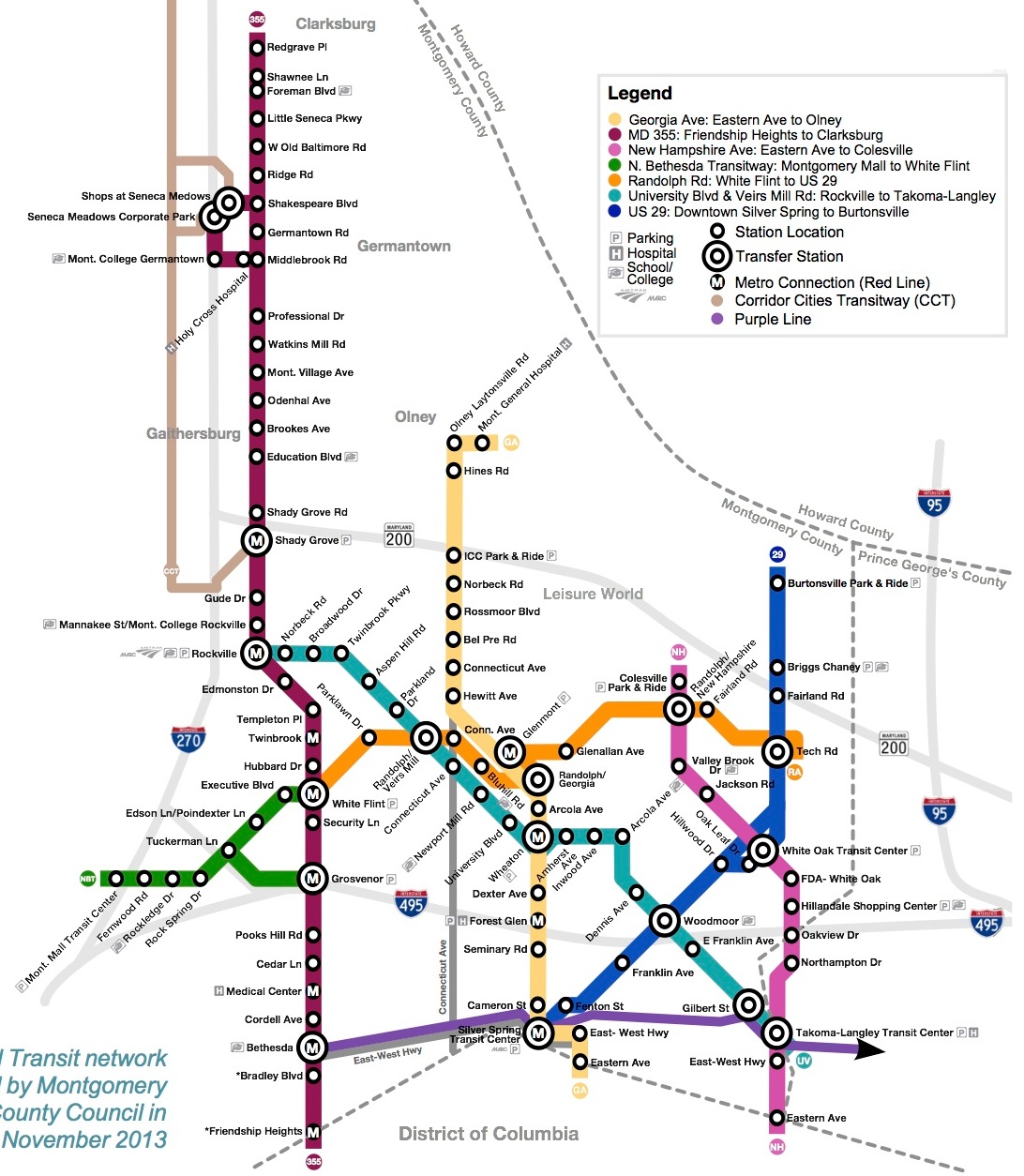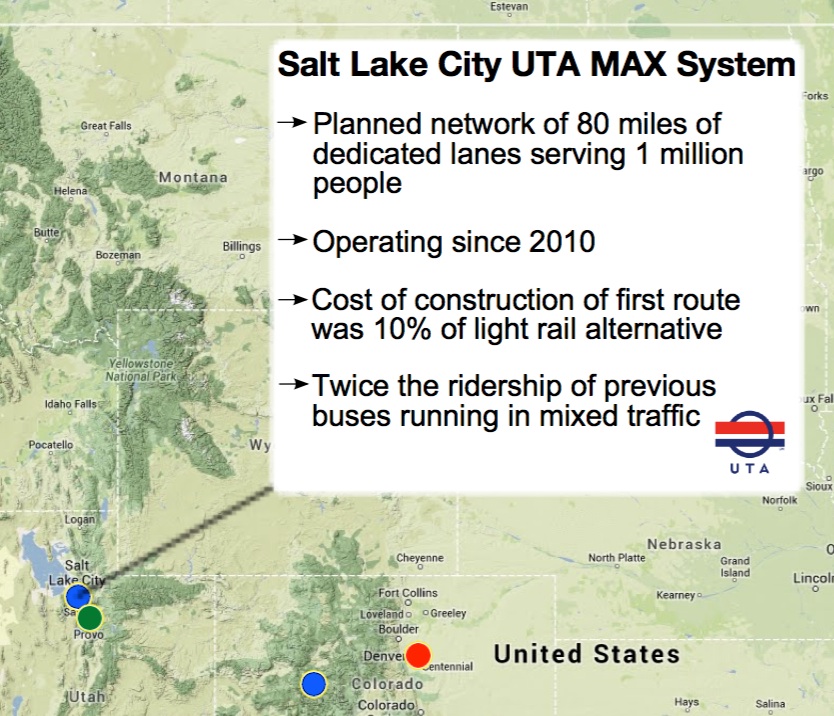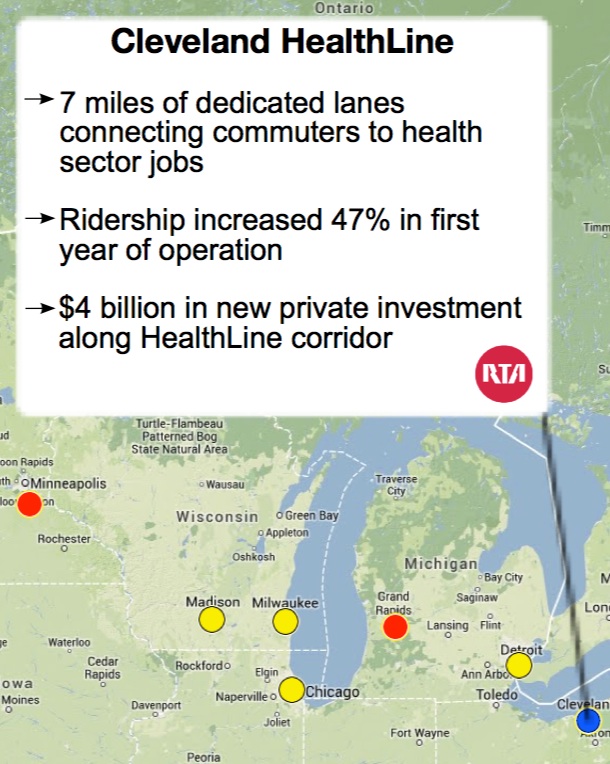By Adam Pagnucco.
Larry Hogan has worked hard to portray himself as a Jobs Governor. In nearly every one of his public appearances, speeches and press statements, he talks about jobs, jobs, jobs. Here’s a quote from his inaugural address that has set the tone for his administration.
“Maryland has an educated workforce, world-class universities and colleges, great community colleges, and public schools. We have our beautiful Chesapeake Bay, the Port of Baltimore, and a great location in the heart of the Mid-Atlantic region. We must leverage these amazing assets to transform Maryland into a place where businesses can flourish and create more jobs and opportunities for our citizens. Starting today let me say loudly and clearly: Maryland is open for business.” Governor Hogan, Inaugural Address, 1/21/15
The statement above deserves a big asterisk. In practice, Hogan’s enthusiasm for jobs depends on where they are. When jobs are located at a Northrop Grumman facility in Anne Arundel County, the Governor proposes tens of millions of dollars in state subsidies for them. When employment growth lags in the Eastern Shore and Western Maryland, Hogan promises a new jobs initiative. But when the Red Line was projected to add billions of dollars in economic activity and over 15,000 badly needed jobs to the City of Baltimore, Hogan cancelled it. And last week, he sent another large public works project into limbo: Montgomery County’s Corridor Cities Transitway. What do Montgomery County and the City of Baltimore have in common? You guessed it – they voted for Hogan’s opponent in the last election.
The Corridor Cities Transitway (CCT) is one of the state’s preeminent transportation projects, and one that has an awful lot of job growth tied to it. The CCT, a 15-mile Bus Rapid Transit Line from the Shady Grove Metro Station to the southern part of Clarksburg, has been planned since the 1970s. It would link some of Montgomery County’s fastest-growing places, including Gaithersburg, Germantown, Clarksburg, the Life Sciences Center and the federal government’s National Institute of Standards and Technology, in an area that has few transit options. A 2011 economic impact analysis by Parsons Brinckerhoff estimated that the project would create $2.2 billion of economic activity through 2050 and would create over 6,000 jobs during its construction phase. Those jobs would go to craft employees like carpenters, laborers, operating engineers, cement masons, iron workers and electricians – blue-collar workers whom the Governor cultivates.
“The government needs to do everything it possibly can to help people provide for themselves and get a job.” Larry Hogan, candidate for Governor, 10/9/14
But the CCT is far more than just a transportation project. It is tied to the massive Great Seneca Science Corridor Master Plan passed by the Montgomery County Council in 2010. The plan leverages the CCT to allow new development including 10.6 million additional square feet of commercial space, 5,700 more residential units and 31,300 new jobs. This would be one of the biggest developments in the state, comparable to Baltimore’s Port Covington project. Many of the Great Seneca plan’s jobs would be professional and high-paying, including scientists, doctors and engineers. All of this is worth countless billions to the State of Maryland. But because the area’s existing infrastructure can’t handle the traffic volume created by this level of development, the plan is contingent on the CCT’s construction. In other words, no CCT – no jobs. As Council Member George Leventhal has said, “By deferring this project, Governor Hogan is deferring our high-tech economy.”
“The primary focus of our administration is economic development, growing our private sector and creating more jobs.” Governor Hogan, MACo conference, 8/22/16
Governor Hogan is uniquely qualified to understand the ties between growth, development and jobs. He is, after all, a real estate developer who has made a fortune building projects not so different from those that would be located near the CCT. He requires no education on the economic merits of this issue. But the politics are a totally different matter. The Governor’s political play is obvious: he gets to kill (or at least indefinitely delay) a transit project in a blue county so that he can spread highway money around to the red counties who will presumably vote for him. And because he (barely!) allowed a stripped-down version of the Purple Line to proceed, he can ax the CCT and still raise money from his friends in the real estate industry.
“The primary focus of my administration is to get Maryland open for business once again and create jobs for our citizens.” Governor Hogan, 5/12/15
In economic terms, the CCT and its associated development would be a huge win for everyone around the state. That’s because the state government is the primary recipient of income tax revenues from new residents, and it’s the only recipient of sales taxes and corporate income taxes from new businesses. Because of how Maryland’s wealth formulas work, the huge majority of those state revenues would not stay in MoCo – they would go to the poorer counties of the state, many of whom are in rural areas that vote in huge numbers for Hogan. In his effort to score points with his supporters, the Governor is actually damaging their economic interests.
So what does the Governor really care about? Is it jobs?
Or politics?



